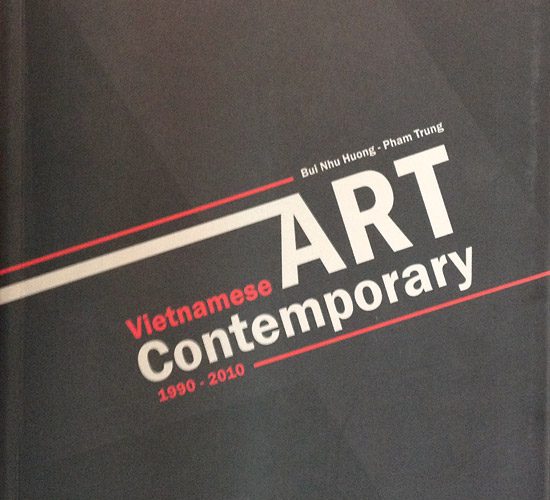(No.2, Vol.4, Mar-April 2014 Vietnam Heritage Magazine)
Japanese wanderer has yen for
Vietnam
vietnamnews.vn, 13 February
As a teenager, Kiyotaka Yamaoka, who is now 34, dreamt he would visit all the provinces and cities in Vietnam. At the time, the Japanese teen could only learn about Vietnam through books, newspapers, and magazines.
Yamaoka made his first visit to the country four years ago and has since visited 63 provinces in 11 separate trips.
Riding a motorbike for over nine months in Vietnam, Kiyo narrowly escaped death several times.
Beach blues
Thanh Nien, 7 February
‘The biggest mistake in tourism planning for Binh Thuan Province is that the sea view is blocked. Even local people have lost access to the beach’, Nguyen Huu Quy, former director of the province’s agriculture and rural development department is quoted as saying. Thanh Nien says many hospitality projects in Binh Thuan build fences denying local people’s access to beaches.
Did you know?
Thanh Nien, 11 February
Van Hanh Monastery in Dalat is home to thousands of antiques. The antiques displayed at the monastery include Buddhist artefacts, agricultural tools and antiques of the Central Highlands people.
The heart of Vietnam
vietnamnews.vn, 28 February
The US-based National Geographic Traveller Magazine awarded Phu Quoc Island third place, after Paris and Whitefish (in the US), in the list of 15 editor-recommended destinations for Best Winter Trips 2014.
The magazine said some of Vietnam’s best beaches are on heart-shaped Phu Quoc Island.
‘What’s bringing international travellers so far is the restrained development on Phu Quoc, its warm, turquoise waters, secluded, deep sand beaches, and lush, mountainous interior.’ It suggested tourists visit the island in dry season from December to March.
Top destination for
sweethearts
www.emeraude-cruises.com
Halong Bay is ranked among the top ten Valentine’s Day Retreats by the National Geographic book, ‘Four Seasons of Travel.’ The book says ‘Containing more than 1,600 islands, Halong Bay is a vision of astonishing beauty. Book an overnight cruise to watch the islands’ limestone pillars, caves, and arches become steeped in rich oranges and purples at sunset and veiled in an ethereal morning mist at sunrise.’
Flappy Bird gone forever
www.forbes.com, 11 February
The mysterious developer of the world’s most popular free app, who drew global attention in February with his sudden decision to remove it, tells Forbes that Flappy Bird is dead. Permanently.
‘Flappy Bird was designed to play in a few minutes when you are relaxed,’ says 29-year-old Dong Nguyen. ‘But it happened to become an addictive product. I think it has become a problem. To solve that problem, it’s best to take down Flappy Bird. It’s gone forever.’
Flappy Bird was released for free in May.
It’s estimated his daily take from in-app advertising was $50,000.
Nguyen has several other top app store games, including Super Ball Juggling and Shuriken Block, which are currently #6 and #18 on the iOS store. Nguyen says he will continue to develop games.
A good guide to Vietnam’s contemporary art scene
By Ritch Pickens
At last, there is a book, in reasonably well-translated English, which gives an overview of what has been happening in the art scene since market-oriented reform was introduced in late 1980s and the hastening of the ‘technology revolution.’ The authors are two experienced researchers and art critics from the Fine Arts Research Institute of the Vietnam University of Fine Arts. It covers the heady years in the local art scene from 1990 to 2010. It is useful for art experts, professionals, and investors and to those with a general interest in the subject as well. The book starts by discussing what contemporary art is, and then covers installation art, body art, performance art, collage, video art and graffiti, as well as less controversial forms such as painting and print work. It then gives an essay on what contemporary artists are setting out to achieve, a few typically Vietnamese characteristics of their work and discusses its relationship to society in general. Finally, a good two-thirds of this book is devoted to information about and illustrations of the work of twenty-seven artists who are ‘brimming with the desire to break through’.
‘Vietnamese Contemporary 1990 to 2010’, authors: Bui Nhu Huong, and Pham Trung, is published by Knowledge Publishing House. Price: 450,000 dongs.

